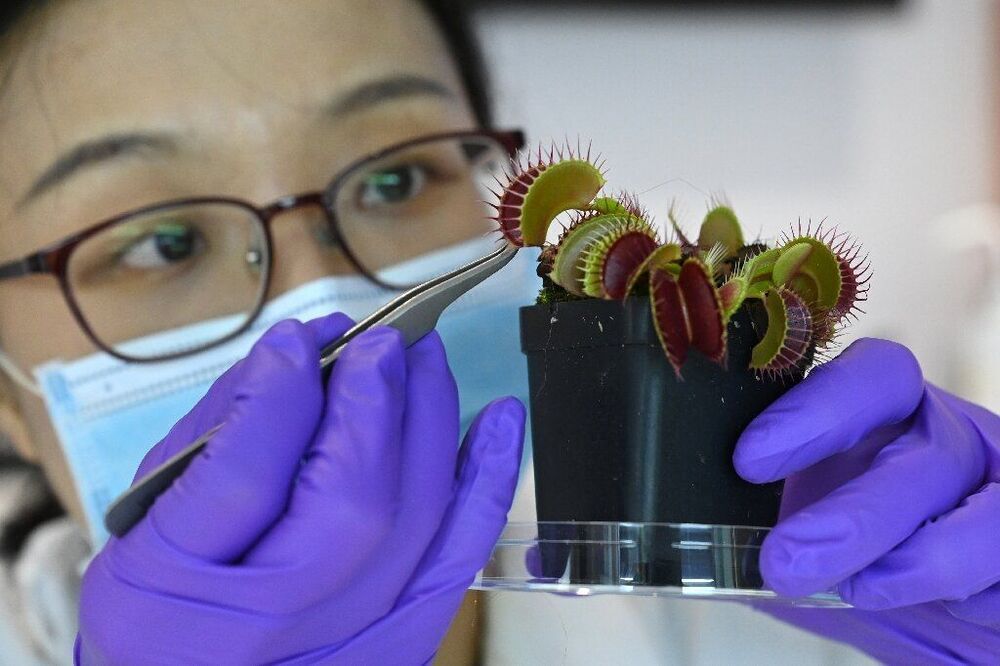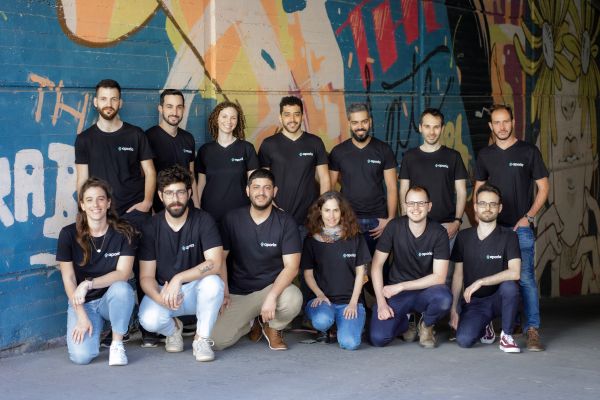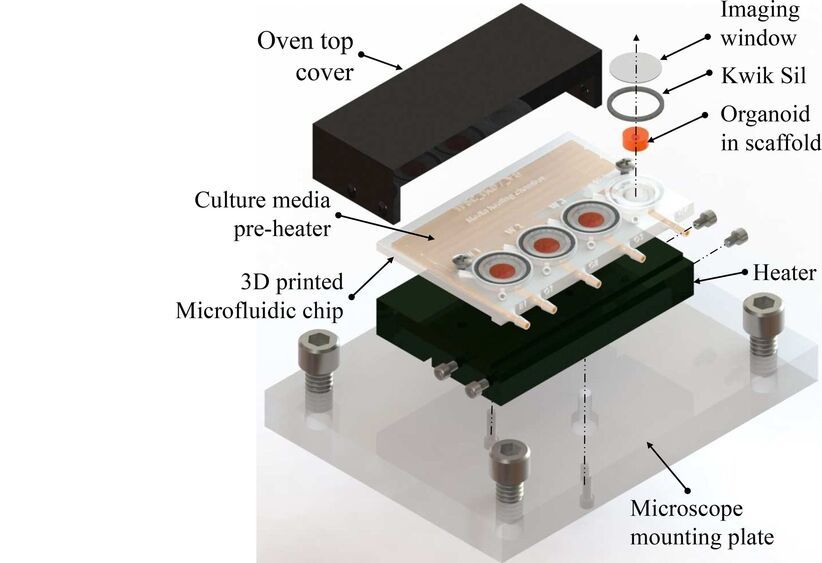Commentary: We like to imagine an AI-driven future, but it’s machine learning that will actually help us to progress, argues expert Michael I. Jordan.
Remote-controlled Venus flytrap “robo-plants” and crops that tell farmers when they are hit by disease could become reality after scientists developed a high-tech system for communicating with vegetation.
Researchers in Singapore linked up plants to electrodes capable of monitoring the weak electrical pulses naturally emitted by the greenery.
The scientists used the technology to trigger a Venus flytrap to snap its jaws shut at the push of a button on a smartphone app.
Summary: Dopamine neurons largely rely on their own discharge to determine release rates of the hormone, researchers report.
Source: NYU Langone.
In addition to smoothing out wrinkles, researchers have found that the drug Botox can reveal the inner workings of the brain. A new study used it to show that feedback from individual nerve cells controls the release of dopamine, a chemical messenger involved in motivation, memory, and movement.
Machine learning (ML) models are only as good as the data you feed them. That’s true during training, but also once a model is put in production. In the real world, the data itself can change as new events occur and even small changes to how databases and APIs report and store data could have implications on how the models react. Since ML models will simply give you wrong predictions and not throw an error, it’s imperative that businesses monitor their data pipelines for these systems.
That’s where tools like Aporia come in. The Tel Aviv-based company today announced that it has raised a $5 million seed round for its monitoring platform for ML models. The investors are Vertex Ventures and TLV Partners.
Why did “A Brief History of Time” make its author the most famous scientist in the world?

For 50 years, AeroVironment has advanced UAV development. Today, the company is a Technology Solutions Provider at the intersection of four future-defining technologies: robotics, sensors, analytics and connectivity. Its culture of experimentation and R&D dates back to its founder, Dr. Paul MacCready Jr., whose achievements earned him the nickname “the father of human-powered flight”. From deploying the world’s most popular sUAS to designing the helicopter that’s en route to fly in Mars’ thin atmosphere, AeroVironment’s collective accomplishments provide a case study of imagination, innovation and collaboration — one that has and will bring effective solutions to frontlines, farms and frontiers, yesterday, today and tomorrow.
Leading the Way: UAS Capabilities – Onward and Upward
From solar-powered aircraft to the first hand-launched small UAS (sUAS) for military reconnaissance, AeroVironment literally launched the era of small aerial vehicles for environmental, commercial and defense purposes. For 35 years, the company has made its UAVs smaller and simpler, yet with multiple and ever-more-innovative functionality.
Days after the first malware targeting Apple M1 chips was discovered in the wild, researchers have disclosed yet another previously undetected piece of malicious software that was found in about 30000 Macs running Intel x86_64 and the iPhone maker’s M1 processors.
However, the ultimate goal of the operation remains something of a conundrum, what with the lack of a next-stage or final payload leaving researchers unsure of its distribution timeline and whether the threat is just under active development.
Calling the malware “Silver Sparrow,” cybersecurity firm Red Canary said it identified two different versions of the malware — one compiled only for Intel x86_64 and uploaded to VirusTotal on August 31, 2020 (version 1), and a second variant submitted to the database on January 22 that’s compatible with both Intel x86_64 and M1 ARM64 architectures (version 2).
Developers for Apple’s platforms are being hacked through importing shared Xcode projects infected with malware.
Researchers from SentinelOne detailed the growing trend after discovering a macOS malware dubbed XcodeSpy.
“Threat actors are abusing the Run Script feature in Apple’s Xcode IDE to infect unsuspecting Apple Developers via shared Xcode Projects,” the researchers explained.
Would aliens be friendly or a threat? — Part I of a new series.
Any advanced alien species would have a social structure, but would also likely have predatory roots.
Scientists from MIT and the Indian Institute of Technology Madras have grown small amounts of self-organizing brain tissue, known as organoids, in a tiny 3D-printed system that allows observation while they grow and develop. The work is reported in Biomicrofluidics.
Current technology for real-time observation of growing organoids involves the use of commercial culture dishes with many wells in a glass-bottomed plate placed under a microscope. The plates are costly and only compatible with specific microscopes. They do not allow for the flow or replenishment of a nutrient medium to the growing tissue.
Recent advances have used a technique known as microfluidics, where a nutrient medium is delivered through small tubes connected to a tiny platform or chip. These microfluidic devices are, however, expensive and challenging to manufacture.









